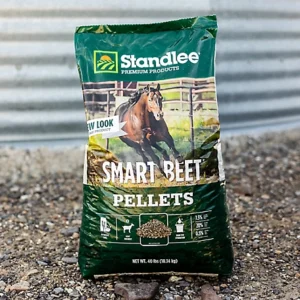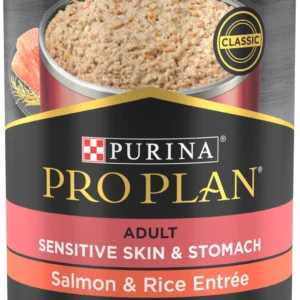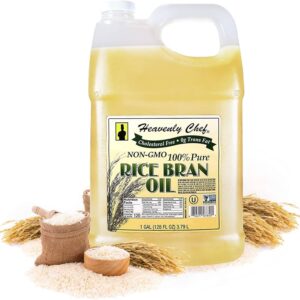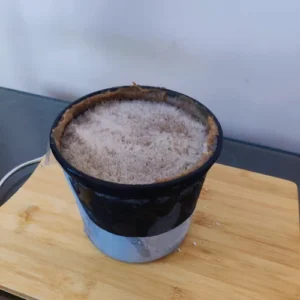Description
Discover the potential of Coffee pulp for sale as cattle feed! Learn it’s cost-effective alternative and benefits to both your livestock and environment.
Coffee pulp for sale
From Bean Waste to Bovine Bliss: Coffee Pulp as Cattle Feed – A Sustainable Solution
Coffee, the world’s favorite caffeinated beverage, leaves behind a significant byproduct: coffee pulp. This fleshy outer layer of the coffee cherry, discarded during processing, has long been considered waste. However, innovative research and practical applications are now transforming this agricultural refuse into a valuable resource: cattle feed. This shift offers a sustainable solution to environmental concerns, provides economic benefits for coffee farmers, and contributes to more efficient animal husbandry.
The Problem with Pulp: Environmental and Economic Concerns
Traditionally, coffee pulp is often discarded in open dumps or near waterways. This practice has severe environmental consequences. The pulp decomposes, releasing greenhouse gases like methane and carbon dioxide, contributing to climate change. Furthermore, the decomposition process can contaminate water sources with organic acids and caffeine, harming aquatic life and potentially impacting human health.
Economically, discarding the pulp represents a lost opportunity. Farmers bear the cost of disposal without realizing any potential value. This is particularly challenging for smallholder coffee farmers in developing countries, where resources are often limited.
Coffee Pulp: A Nutritional Powerhouse for Cattle?
Fortunately, coffee pulp possesses a nutritional profile that makes it a viable alternative feed source for cattle. It contains:
- Fiber: Essential for rumen function and digestion in cattle.
- Carbohydrates: A source of energy for growth and maintenance.
- Protein: Although not a high-protein source, it contributes to the overall protein intake.
- Antioxidants: Beneficial for animal health and immune function.
However, unprocessed coffee pulp does have some drawbacks. It contains caffeine and tannins, which can be toxic to cattle in high concentrations. Therefore, proper processing and supplementation are essential.
Processing is Key: Optimizing Pulp for Cattle Feed
Several methods can be employed to process coffee pulp, reducing its toxicity and enhancing its nutritional value:
- Sun-drying: A simple and cost-effective method that reduces moisture content and degrades some of the tannins and caffeine.
- Silage: Fermenting the pulp in anaerobic conditions reduces caffeine levels and increases the palatability for cattle.
- Composting: Mixing coffee pulp with other organic materials like manure can create a nutrient-rich compost that can be used as fertilizer or, in some cases, incorporated into animal feed rations.
- Ensiling with additives: Adding molasses or other readily fermentable carbohydrates during ensiling can further improve the quality and digestibility of the pulp.
Benefits for Farmers, Cattle, and the Environment
The utilization of coffee pulp as cattle feed offers a multitude of advantages:
- Reduced Environmental Impact: Diverting pulp from landfills reduces greenhouse gas emissions and prevents water contamination.
- Economic Benefits for Farmers: Provides an alternative income stream or reduces the cost of purchasing conventional feed.
- Improved Cattle Nutrition: Offers a readily available and sustainable source of fiber, carbohydrates, and other nutrients.
- Enhanced Animal Welfare: Well-nourished cattle are healthier and more productive.
- Circular Economy: Promotes a closed-loop system where waste is transformed into a valuable resource, minimizing environmental impact and maximizing resource utilization.
Addressing the Challenges and Looking Ahead
While the potential of coffee pulp as cattle feed is significant, some challenges remain. These include:
- Scalability: Implementing processing techniques on a large scale requires infrastructure and investment.
- Caffeine Content: Ensuring that the processed pulp has low enough caffeine levels for safe consumption.
- Palatability: Processed pulp may not be as palatable as traditional feed sources, requiring careful formulation of rations.
- Education and Awareness: Educating farmers about the benefits and proper handling of coffee pulp as cattle feed is crucial for successful adoption.
Despite these challenges, coffee pulp’s potential as a cattle feed represents a promising avenue for sustainable agriculture. Ongoing research and innovation are focused on optimizing processing techniques, developing more effective formulations, and promoting wider adoption among coffee-producing communities. By turning coffee waste into a valuable resource, we can contribute to healthier cattle, more sustainable farming practices, and a healthier planet. As we sip our next cup of coffee, we can appreciate the potential of its often-overlooked byproduct to nourish not only ourselves, but also the animals that sustain us.











Reviews
There are no reviews yet.